|
Getting your Trinity Audio player ready...
|

Bwindi Impenetrable National Park is a crown jewel in Uganda’s natural heritage. This UNESCO World Heritage Site is renowned for its mountain gorilla population.
Bwindi offers visitors a glimpse into one of Africa’s most biodiverse ecosystems. The park’s mist-covered hills and dense forests create a stunning landscape.
Bwindi presents experiences beyond the famous gorilla treks. So, stick around and let’s explore the wonders of this remarkable park.
Contents at a Glance
- 0.1 1. Location and Geography
- 0.2 2. Biodiversity
- 0.3 3. Mountain Gorillas: The Stars of Bwindi
- 0.4 4. Gorilla Trekking Experience
- 0.5 5. Other Wildlife Encounters
- 0.6 6. Flora and Ancient Forest
- 0.7 7. Conservation Efforts
- 0.8 8. Climate and Best Time to Visit
- 0.9 9. Accommodation and Facilities
- 0.10 10.Accessibility and Park Sectors
- 0.11 11.Cultural Experiences
- 0.12 12.Responsible Tourism
- 1 13. Other Activities
- 2 Frequently Asked Questions
- 3 Conclusion – KNOW These Before Visiting Bwindi Impenetrable National Park – Uganda
1. Location and Geography
Bwindi Impenetrable National Park is in southwestern Uganda. It covers 321 square kilometers of rugged terrain. The park’s landscape is a masterpiece of nature.
Altitudes in Bwindi range from 1,160 to 2,607 meters. Steep hills and deep valleys are blanketed in lush forest. This creates a challenging yet breathtaking environment for wildlife and visitors.
2. Biodiversity
Bwindi’s ecosystem showcases nature’s abundance. The park is home to over 120 mammal species. It hosts 350 bird species and 200 butterfly species. Bwindi contains 27 frog and amphibian species.
The park boasts 220 tree species. This biodiversity makes Bwindi one of Africa’s richest ecosystems. It’s a haven for naturalists and wildlife enthusiasts.
3. Mountain Gorillas: The Stars of Bwindi

Mountain gorillas are at the heart of Bwindi’s fame. The park houses about half the world’s population of these critically endangered primates. Bwindi is home to approximately 400 individual mountain gorillas.
There are 18 habituated gorilla families accessible for tourism. The park offers rare opportunities to observe these gentle giants in their natural habitat. Bwindi’s gorilla conservation success is a beacon of hope for wildlife preservation worldwide.
4. Gorilla Trekking Experience

Gorilla trekking is Bwindi’s premier activity. Small groups hike through dense forest to find habituated gorilla families. Treks can last from 1 to 6 hours, depending on gorilla location.
Visitors get one hour to observe and photograph the gorillas. Strict rules protect the gorillas’ health and well-being. Gorilla trekking permits are essential and often booked months in advance. The permit cost reflects the experience’s exclusivity and conservation value.
You may also like: 7 Things To Do During A 2-Day Vacation In Nosy Be – Madagascar
5. Other Wildlife Encounters
Bwindi’s ecosystem supports diverse wildlife beyond gorillas. Other primates include chimpanzees, L’Hoest’s monkeys, and colobus monkeys. Red-tailed monkeys also inhabit the forest.
Larger mammals like forest elephants and giant forest hogs can be spotted. Bwindi is a paradise for birdwatchers. The park hosts numerous bird species, including 23 Albertine Rift endemics.
6. Flora and Ancient Forest
Bwindi’s plant life is as diverse as its fauna. The park contains 163 tree species. It hosts 104 fern species. Bwindi is home to 1,000 flowering plant species.
Many of these plants are rare or endangered. The forest itself is ancient, dating back to the ice ages. Bwindi provides a glimpse into prehistoric landscapes.
7. Conservation Efforts
Conservation is at the forefront of Bwindi’s management. Ongoing efforts include anti-poaching patrols, community engagement programs, sustainable tourism practices, and continuous research and monitoring.
These initiatives have not only helped increase gorilla populations but have also improved local livelihoods.
8. Climate and Best Time to Visit
Bwindi experiences a tropical climate moderated by its high altitude. Temperatures range from 7-20°C, with high rainfall and two wet seasons (March to May and September to November).
While trekking is possible year-round, the best times are during the dry seasons, June to August and December to February.
9. Accommodation and Facilities

Visitors to Bwindi can choose from a range of accommodation options, from luxury lodges to budget campsites. Popular choices include Bwindi Lodge and Gorilla Forest Camp.
Others include Buhoma Community Rest Camp, and Ruhija Gorilla Friends Resort. Many of these offer stunning forest views and excellent amenities, enhancing the overall Bwindi experience.
You may also like: 7 National Parks to Visit in Madagascar
10.Accessibility and Park Sectors
Reaching Bwindi requires some planning. Visitors can fly to nearby airstrips at Kihihi or Kisoro and then drive to the park. You can also take a longer drive from Kampala or Queen Elizabeth National Park.
The park is divided into four main sectors – Buhoma, Ruhija, Rushaga, and Nkuringo – each offering unique experiences and trekking opportunities.
11.Cultural Experiences

The Batwa people, indigenous to Bwindi’s forests, offer cultural experiences that complement the park’s natural attractions.
Visitors can participate in Batwa trail experiences, visit community projects, and learn traditional skills and stories, providing valuable cultural insights.
12.Responsible Tourism
Responsible tourism is crucial in Bwindi. Visitors are encouraged to follow park rules, respect wildlife and local cultures, support community initiatives, and minimize their environmental impact.
These practices ensure the preservation of Bwindi’s delicate ecosystem for future generations.
13. Other Activities
While gorilla trekking is the main draw, Bwindi offers a variety of other activities:
- Nature walks exploring the forest’s biodiversity
- Birding expeditions to spot rare and endemic species
- Community visits to learn about local Batwa culture
- Waterfall hikes to beautiful cascades within the park
- Mountain biking through surrounding landscapes
These activities provide a more comprehensive experience of Bwindi’s natural and cultural richness.
Frequently Asked Questions
1. How physically demanding is gorilla trekking?
It can be strenuous. Good fitness and preparation are recommended.
2. What’s the minimum age for gorilla trekking?
The minimum age is 15 years.
3. Can I photograph the gorillas?
Yes. However, while doing this ensure your camera has no flash light and maintaining a safe distance.
4. How much time should I allocate for a Bwindi visit?
At least 3-4 days for a full experience.
Conclusion – KNOW These Before Visiting Bwindi Impenetrable National Park – Uganda
Bwindi Impenetrable National Park offers an unparalleled blend of natural wonders, wildlife encounters, and cultural experiences.
From the thrill of gorilla trekking to the serenity of ancient forests, Bwindi captivates visitors with its raw beauty. As a beacon of conservation success and sustainable tourism, the park provides unforgettable experiences.
It also plays a crucial role in preserving one of Earth’s most precious ecosystems.
A visit to Bwindi is an opportunity to witness the delicate balance between wildlife and human coexistence.

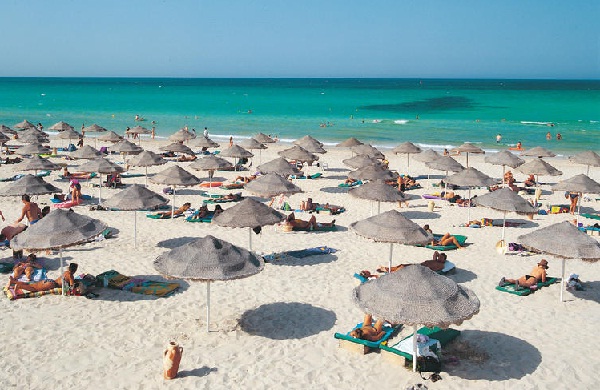
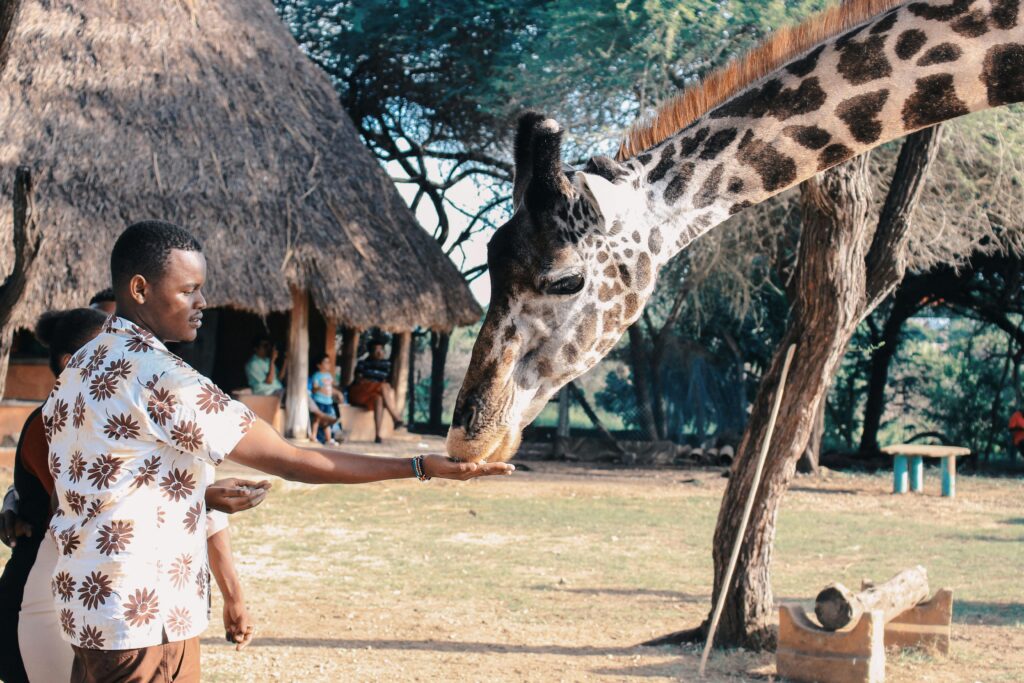
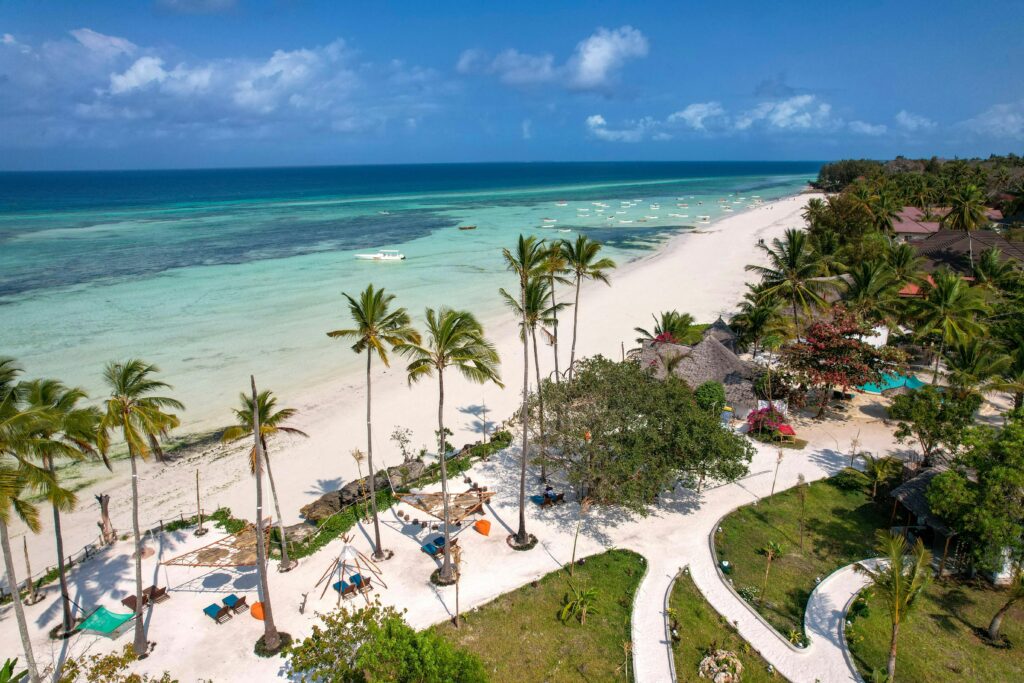
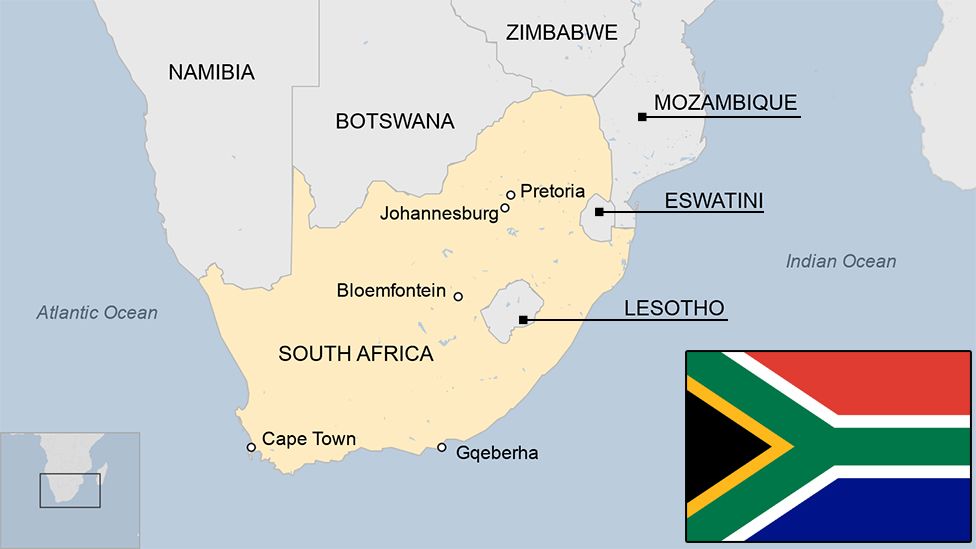
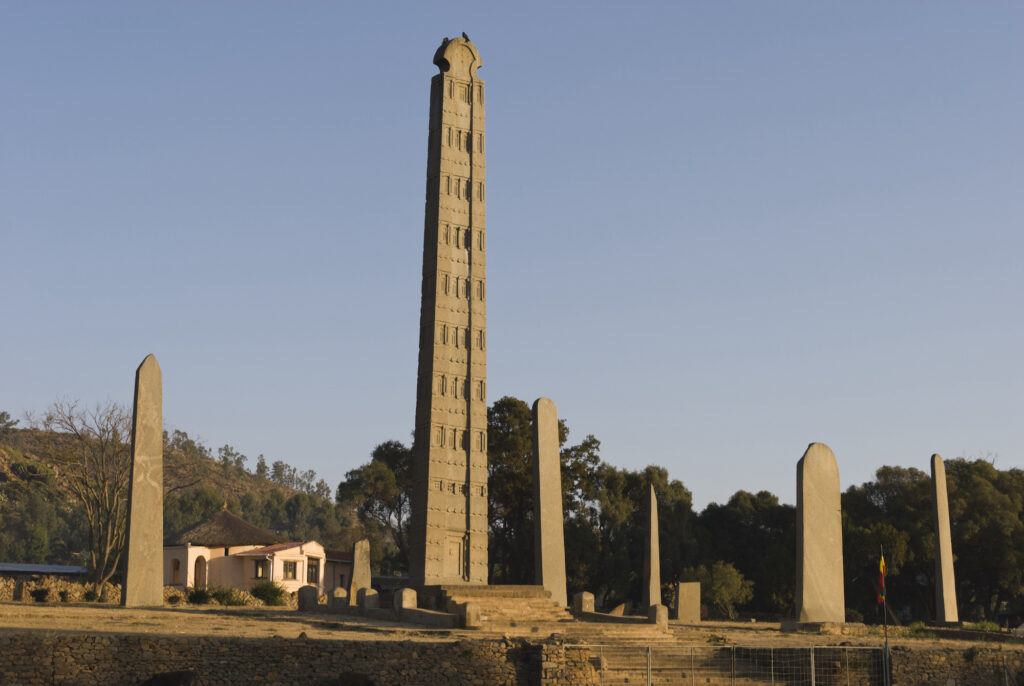
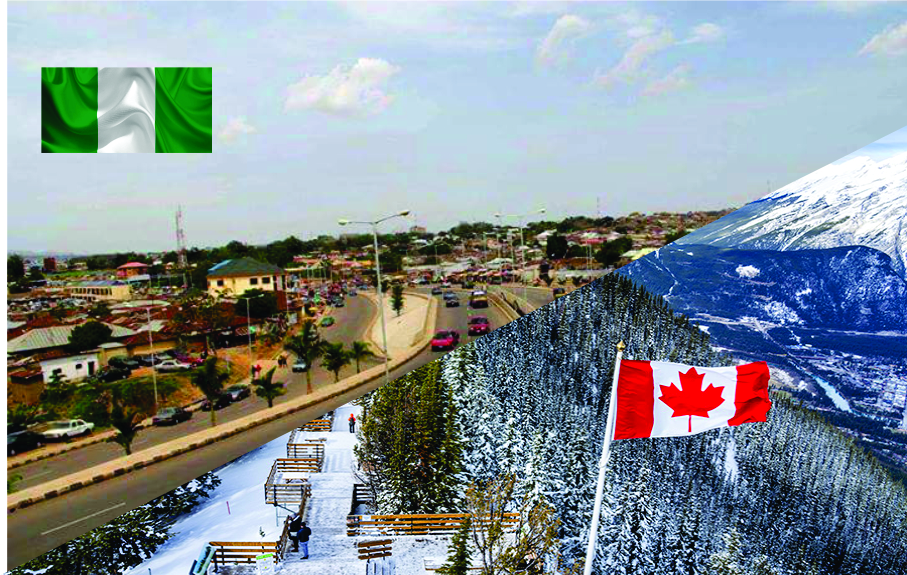


That is the best blog for anyone who needs to find out about this topic. You notice a lot its almost exhausting to argue with you (not that I really would need…HaHa). You positively put a new spin on a subject thats been written about for years. Great stuff, just nice!